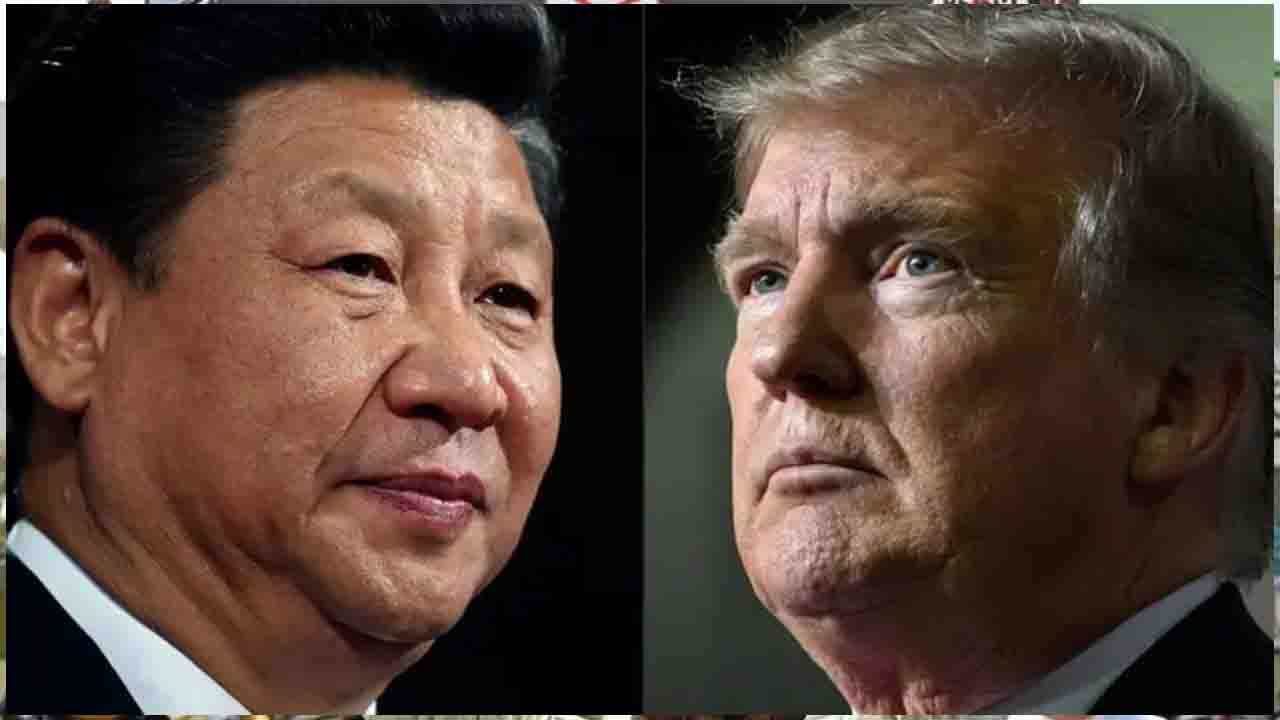U.S.-China Tariff War: The ongoing tariff war between the United States and China has opened up new opportunities for several global economies — including India. However, while some sectors may benefit from shifting trade dynamics, analysts warn that India could become a “dumping ground” for surplus Chinese products unable to enter the U.S. market due to high tariffs.
As per BBC report” Recently, the U.S. imposed a 26% tariff on some Indian goods, which may open niche opportunities for India. But lurking behind this trade reshuffle are serious concerns that India could be flooded with cheaper Chinese products that are now unwelcome in American markets.
India’s trade deficit with China has soared, reaching a record $99.2 billion in the fiscal year 2025. Bilateral trade totaled $127.7 billion, with Indian exports to China standing at only $14.2 billion, compared to imports of $113.4 billion. A major contributor to this growing imbalance is the surge in imports of electronics, electric vehicle (EV) batteries, and solar cells — all areas dominated by Chinese supply chains.
Analysts argue that if China faces growing difficulty in selling its products in the U.S. due to steep tariffs, it may offload them in alternative markets like India, often at prices below market value — a practice known as dumping. This has raised concerns among Indian policymakers and industry leaders.
Ajay Srivastava, Director of the Global Trade Research Initiative, notes, “In eight key industrial categories, China is India’s largest exporter. India relies heavily on China’s supply chains. The growing trade deficit is a reflection of this dependency.” He warns that India not only imports more but is also exporting less to China — a worrying trend that threatens long-term economic stability.
Srivastava further emphasizes the strategic threat, stating, “These figures aren’t just economic — they reflect a deepening dependency. India needs to strengthen its industrial capacity and reduce supply chain vulnerabilities.”
The Directorate General of Trade Remedies (DGTR), the Indian body responsible for monitoring unfair trade practices like dumping, has not yet imposed any new duties on Chinese goods amid the latest tariff war. However, investigations into the dumping of certain chemicals and other products from China and other nations are ongoing.
According to Srivastava, “China may not immediately flood India with goods, but if it starts dumping at below-market prices and in large volumes, DGTR will have to step in.”
Another possibility being discussed is the rerouting of semi-finished Chinese goods through countries like India, Vietnam, and Mexico. These goods could then be processed and exported to the U.S., bypassing direct trade restrictions. Even though India’s production costs are around 20% higher than China’s, the high American tariffs could still make such rerouted goods competitive.
This transshipment route might provide short-term gains for Indian ports and logistics firms but could attract scrutiny or retaliation from the U.S., particularly if India is seen as helping China circumvent sanctions.
Ajay Sahai, Director General of the Federation of Indian Export Organisations (FIEO), echoes the concern. “There’s a genuine fear of dumping. Losing access to a $500 billion American market will push Chinese exporters to find alternatives, and India is one of them,” he said.
Sahai, however, also reassured that the Indian government is actively monitoring the situation and is ready to act if needed.
At the heart of this issue lies a difficult balancing act: India must protect its markets from becoming an outlet for dumped goods while also seizing opportunities to integrate more deeply into global supply chains. As the U.S.-China trade conflict unfolds, India’s role could shift significantly — but whether it emerges as a hub for high-value trade or a dumping ground for rejected goods remains to be seen.






